really, thanks for listening! It's fun making them and nice to know they are being listened to
fasterandworse
holy shit, I really don't know if this is real or a joke
thanks! It might be uncommon because it's a real pain in the ass to keep it short. Every time I make one I stress about how easily my point can be misunderstood because there are so few details. Good way to practice the art of moving on
the woman who is quote tweeting in the twitter screenshot above. I don't want to write her name for search indexing
LB creeps me the f out (sorry, not much else to add)
imagine if actual roadmaps just said "we want to tell you how to get there" "we hate giving you bad directions" "we will make sure you get there at some time in the future"
hay guys, sorry for spam - I just want to shill my videos/audios i'm trying to put out twice a week (I've already done 9!). They are 3-5 mins long and all around one particular theme of tech crit
video versions: https://www.youtube.com/playlist?list=PLwvAAoSdsXWxHwFbULgbpVGiLmJZv4X1g audio versions:
- apple: https://podcasts.apple.com/us/podcast/faster-and-worse/id1792154689
- spotify: https://open.spotify.com/show/62Q7vclARxKjMAOtwXfOIu
- they are also in all the other major podcast platforms. Let me know if you're interested but can't find it.
Let me know if you like it/hate it
funny how we went from the "trust machine" blockchain grift to the "could be an acceptable level of trustable machine" ai grift
so the new feature in the next macos release 15.3 is "fuck you, apple intelligence is on by default now"
For users new or upgrading to macOS 18.3, Apple Intelligence will be enabled automatically during Mac onboarding. Users will have access to Apple Intelligence features after setting up their devices. To disable Apple Intelligence, users will need to navigate to the Apple Intelligence & Siri Settings pane and turn off the Apple Intelligence toggle. This will disable Apple Intelligence features on their device.
I love the word, the definition, but I agree with so few of his examples.
I latched on to it because it fit so well with my regular criticisms of tech products, particularly saas shit

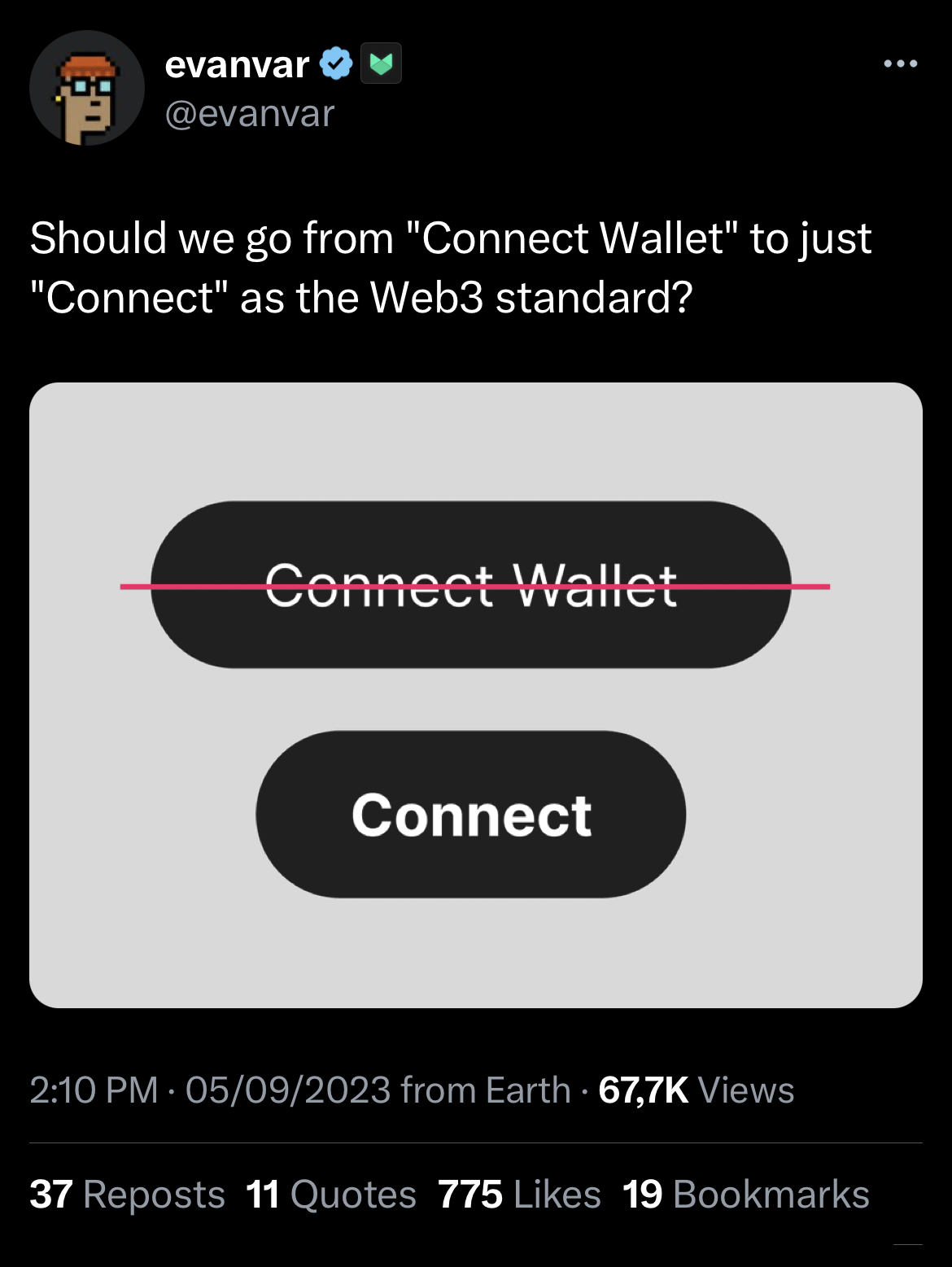

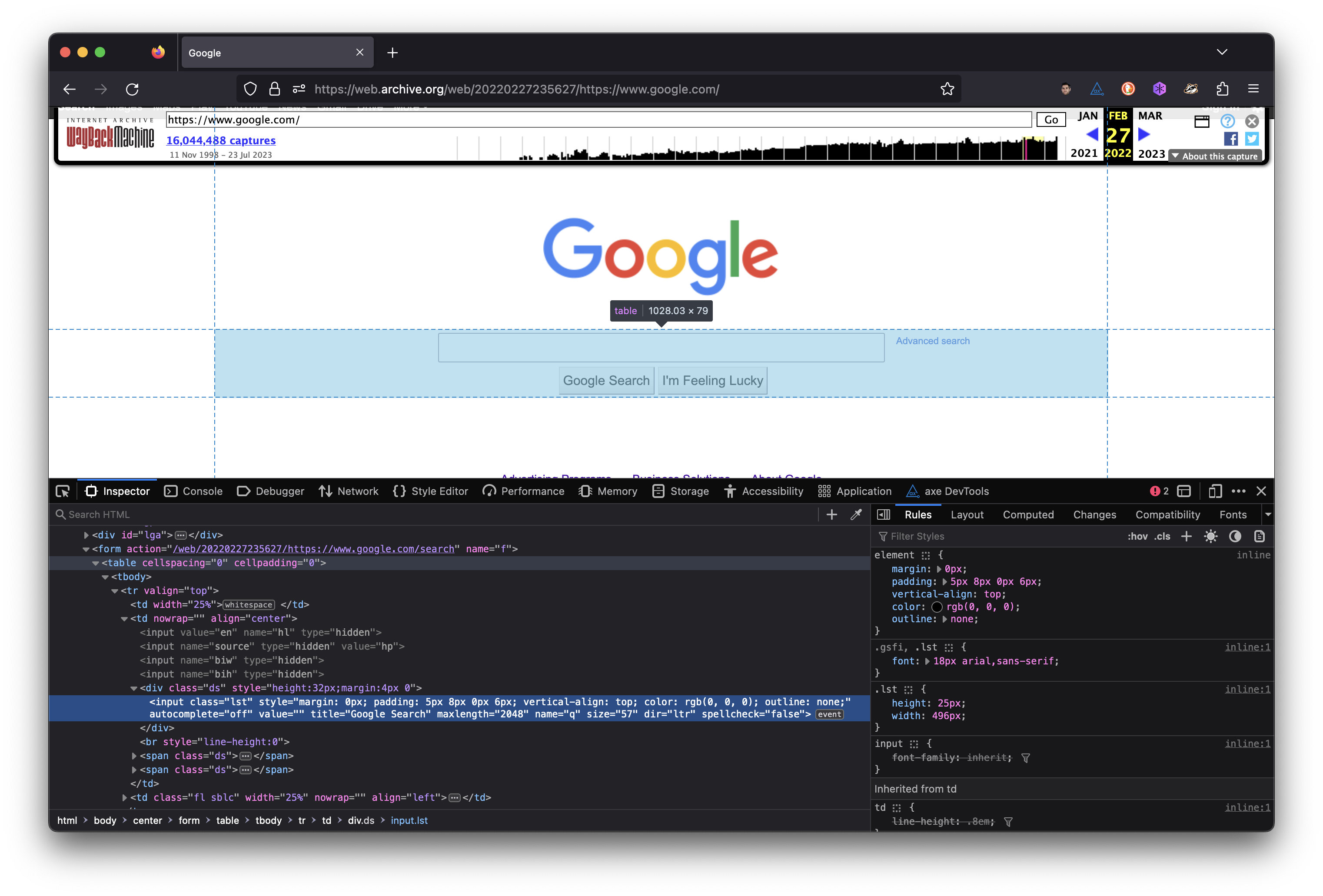
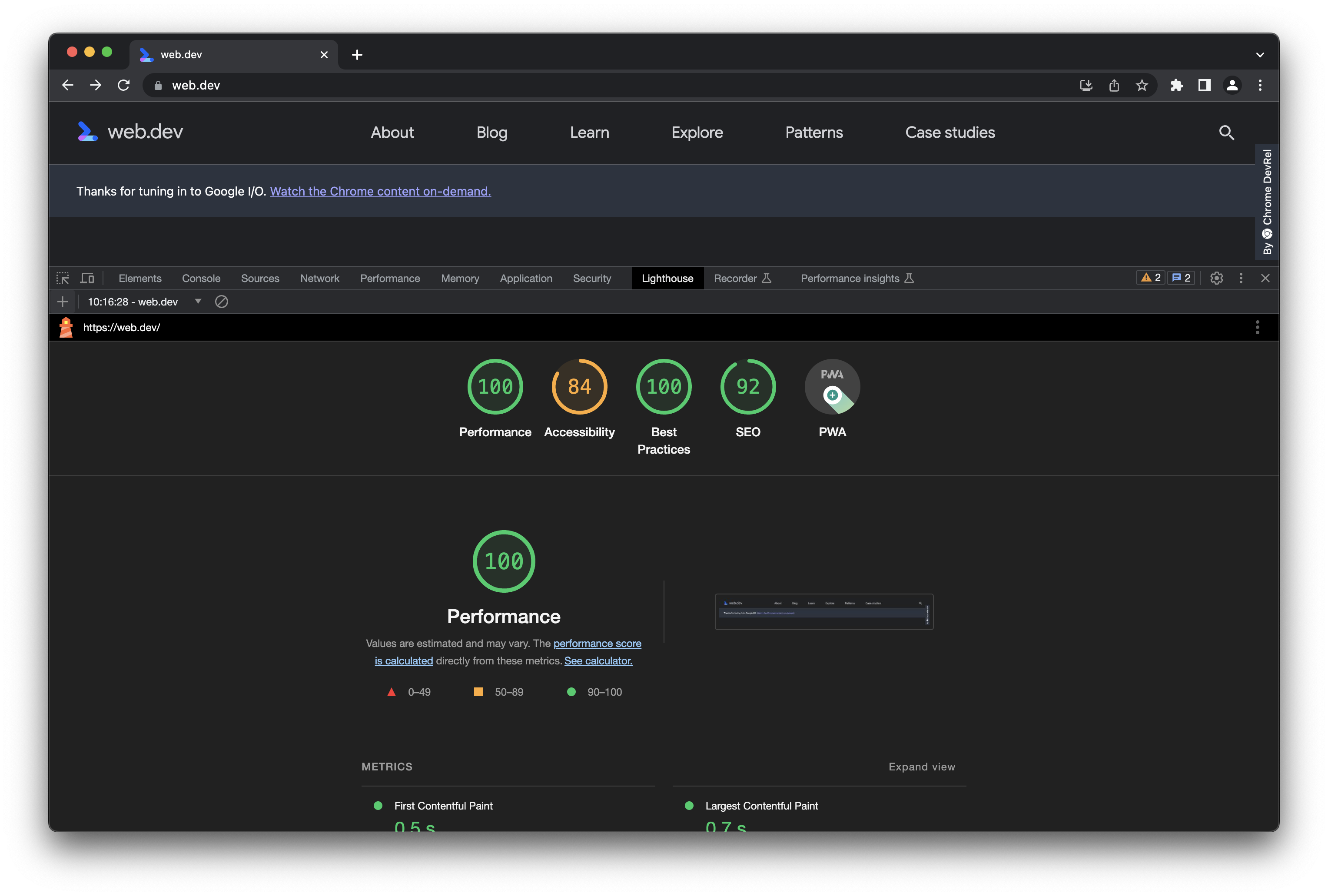
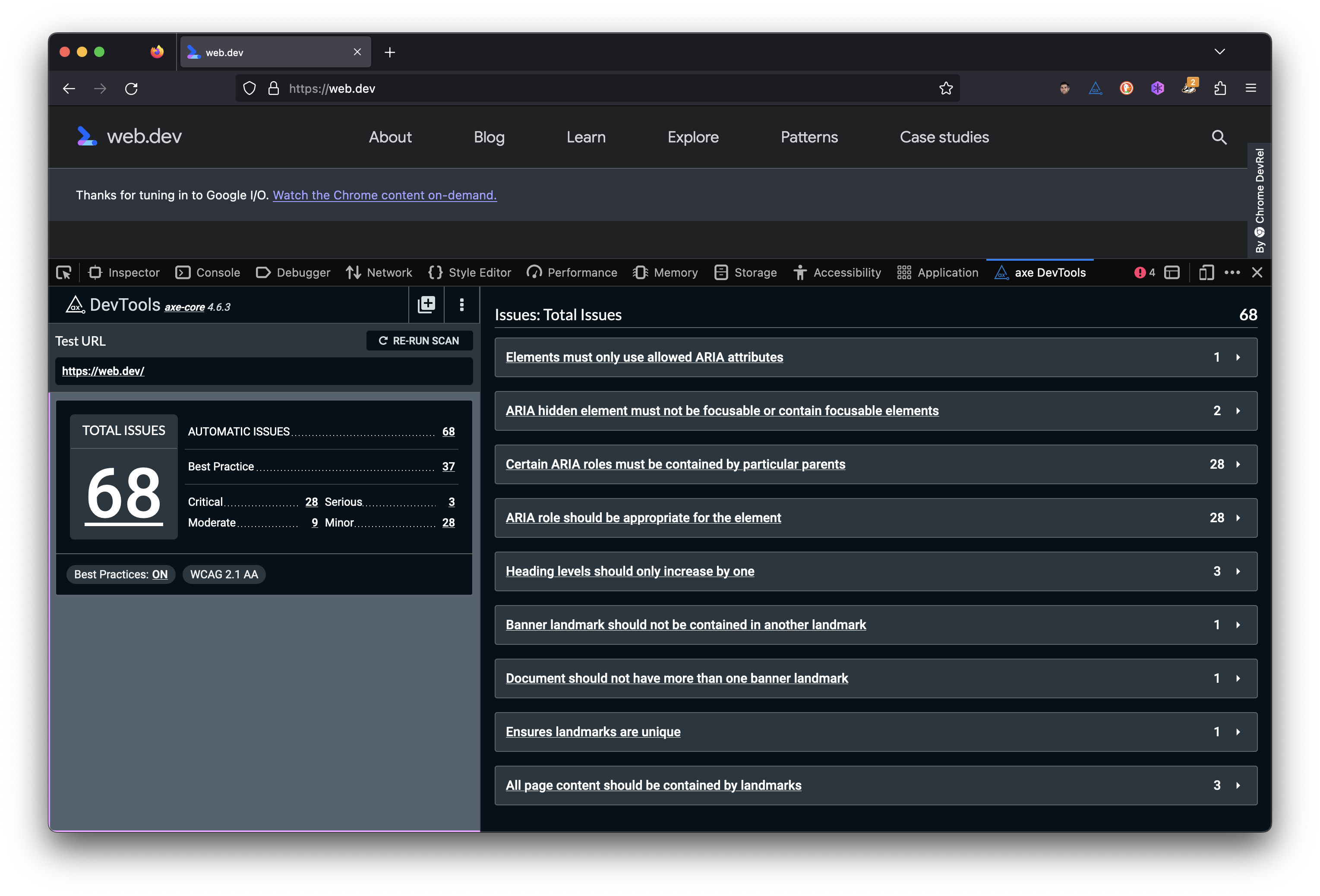
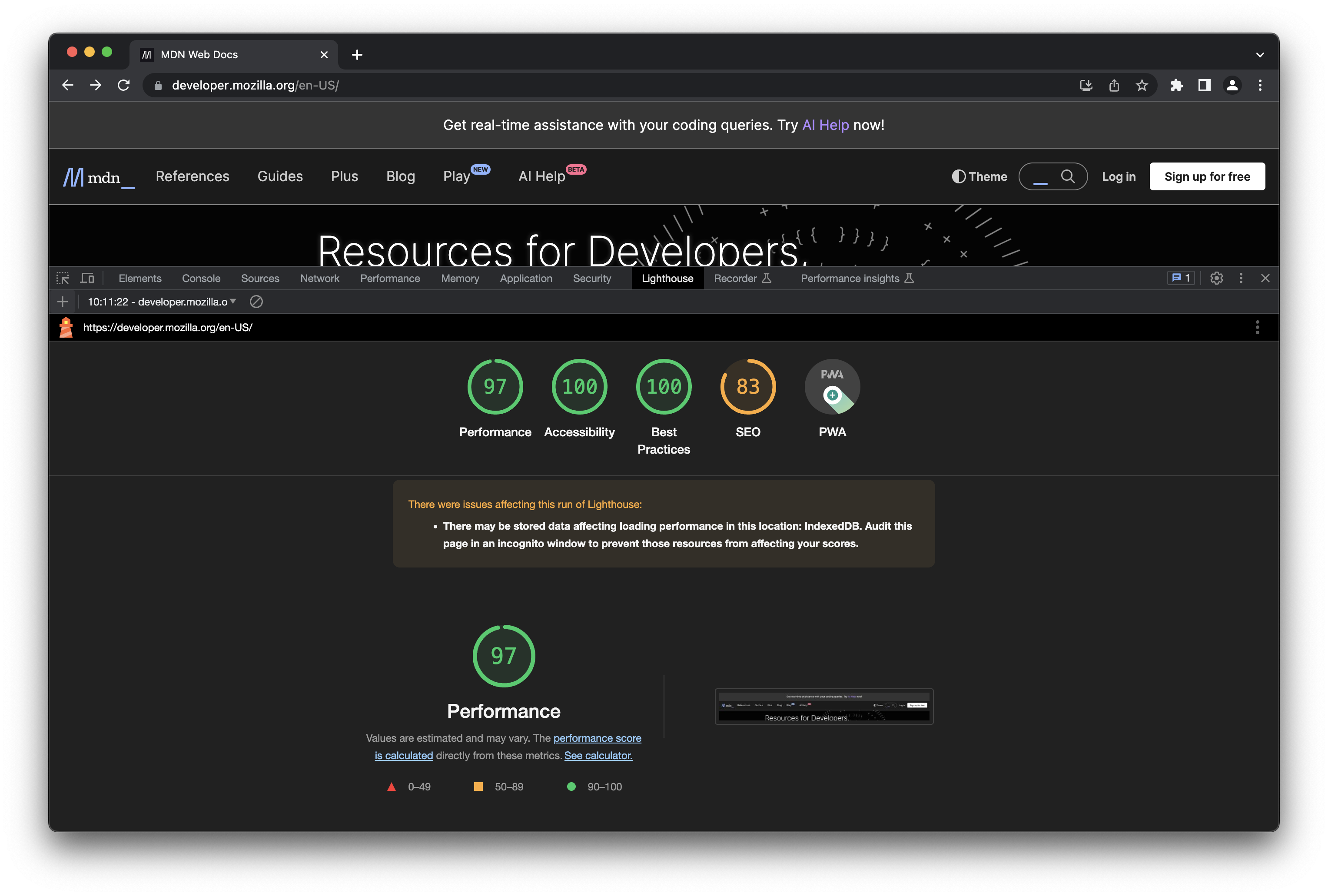

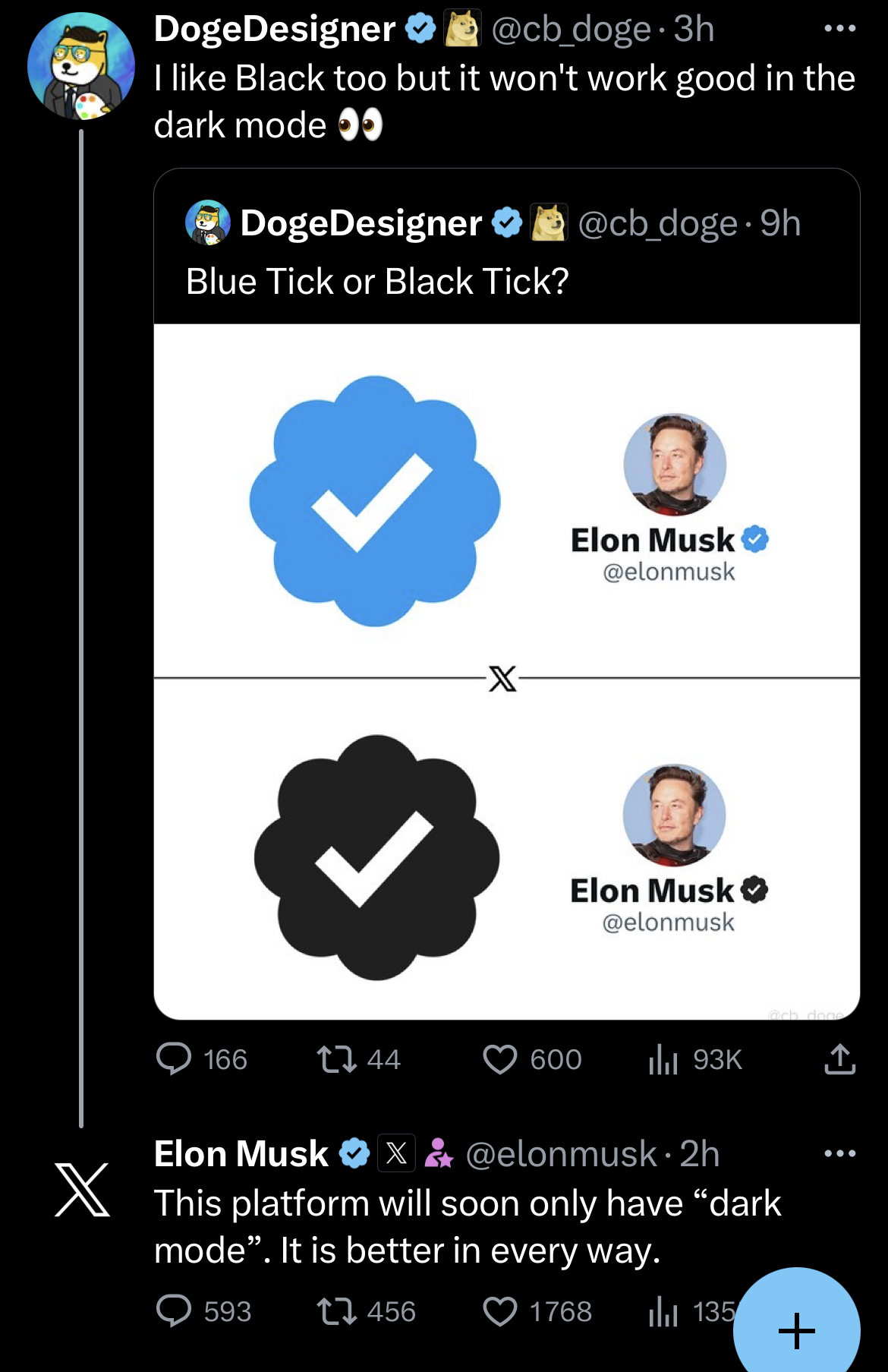
It's probably more sensible for me to try writing short bits too, instead of faffing around with videos